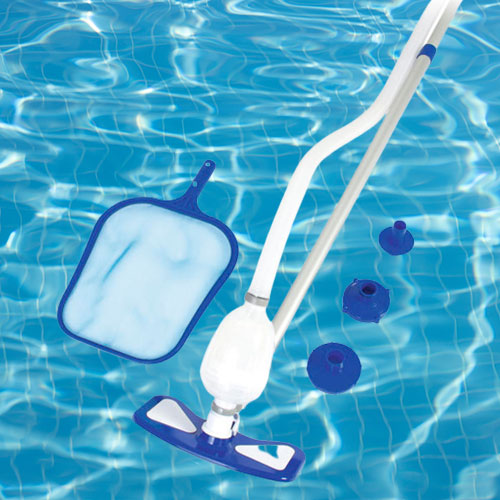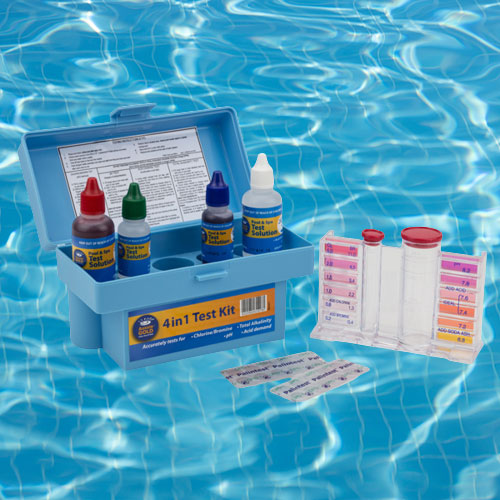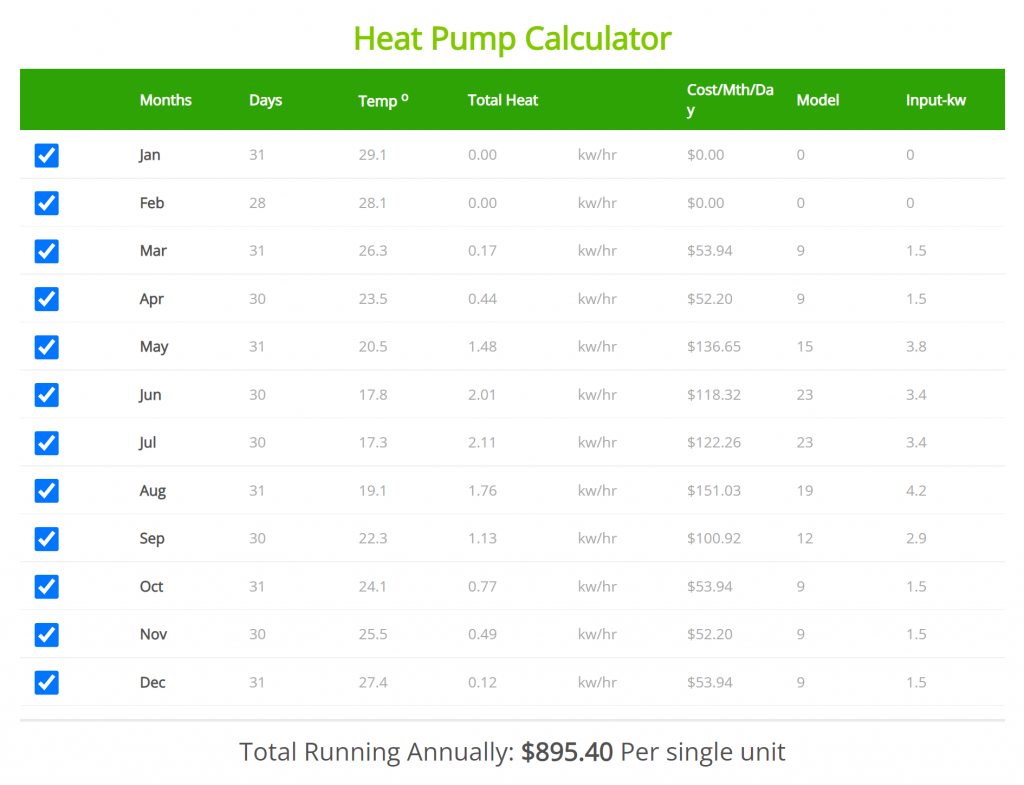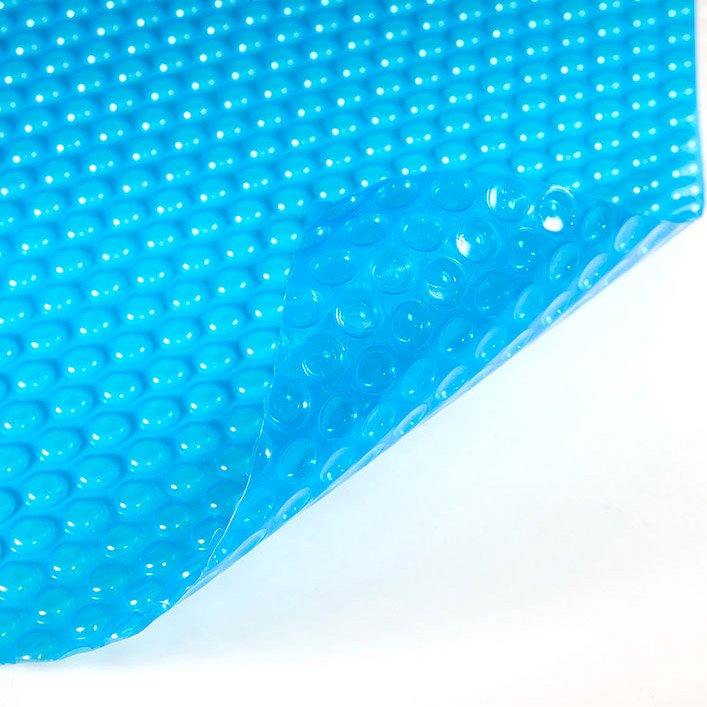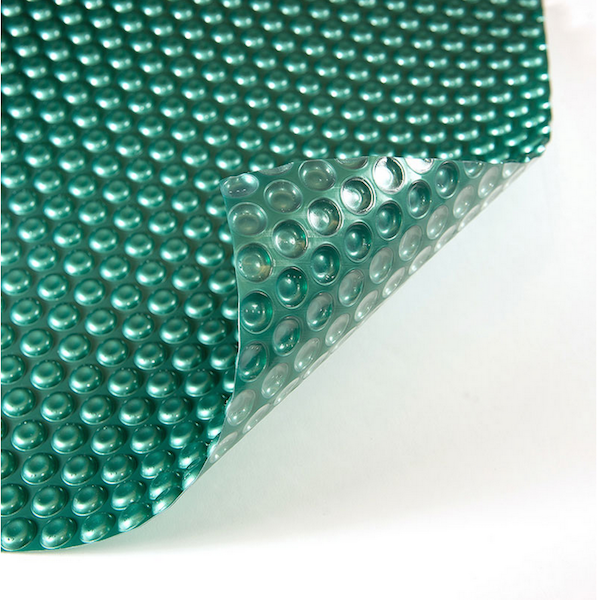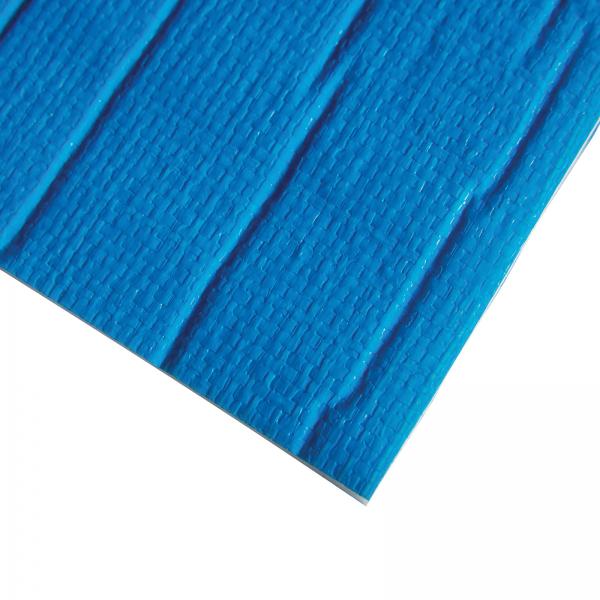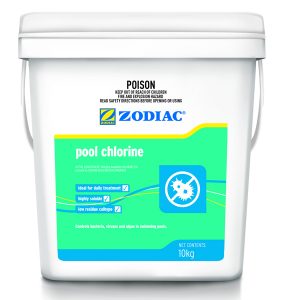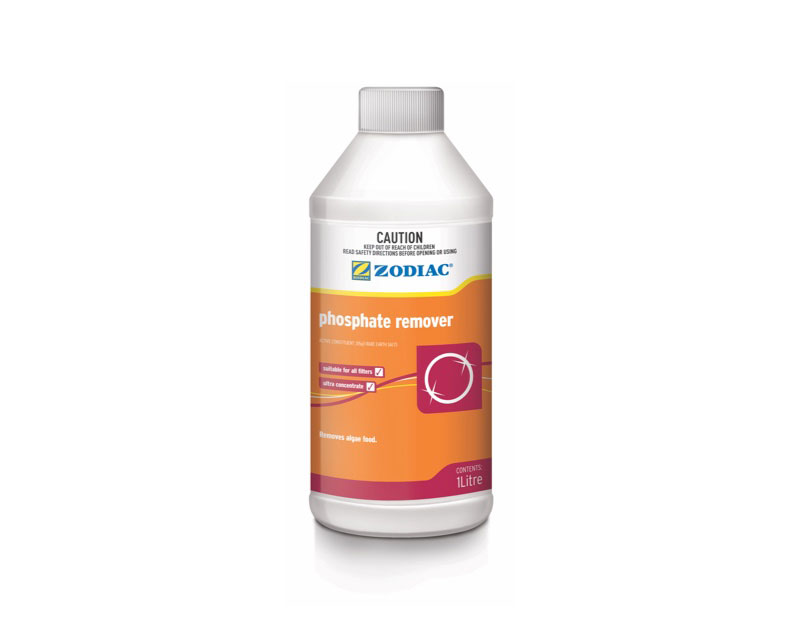
How often do you clean your pool? The elbow grease, scrub it sparkly clean kind of clean? Let’s face it; swimming pool cleaning is probably not on the top of your list of fun things to do. But it has to be done, so you may as well make it as easy as possible.
The reality is that even if you have the best pool cleaning equipment available on the market, if you don’t clean it regularly, problems will creep in, and pool cleaning will become costly both in time and money. Besides, you won’t be able to swim in your pool.
Why Do We Need to Clean a Swimming Pool
Sometimes we think that adding chlorine and sanitising chemicals to our pool is all we need to do to keep it clean. These elements are a great start to maintaining a great swimming environment. However, buildup happens, and there is a point where a more intensive clean is necessary.
Pool chemicals won’t keep bugs and leaves from falling into the water or keep buildup on the floor and walls of your pool at bay indefinitely.
The Best Pool Cleaning Equipment
Cleaning your pool properly helps by having the right tools on hand to make the task easier. Let’s look at the most essential swimming pool cleaning tools for you to have on hand.
Telescopic Pole
The beauty of this tool is its versatility. You can attach skimmers, vacuum heads, brushes, and other accessories to it, depending on what you need to do. Ideally, buy an eight-foot pole that can be extended to 16 feet. This will give you the flexibility to be able to clean the floor as well as the walls.
Skimmer Net
Scoop up leaves, bugs, baby ducks, and anything else that falls into your pool and cannot get out. It removes things below the surface and is usually attached to your telescopic pole.
You have two types of skimmer net to choose from – a bag skimmer or a flat one. If you can buy a heavy-duty skimmer that will last. Generally, the flat skimmer is easier to use because anything collected can be shaken off, whereas the bag option is more time-consuming to empty even though it holds more.
If you make it a habit to skim your pool every day and less debris will fall to the bottom of the pool. This will make it much easier to vacuum and keep your pool clean.
Pool Brush
Attaching a pool brush to your telescopic pole enables you to get your scrub on and remove dirt and algae BEFORE it gets super attached and difficult to remove. The best type of brush for you to use depends on the surface of your pool:
- Use stainless steel bristles on Gunite.
- A brush that combines both nylon and steel bristles is ideal for unpainted concrete.
- Use nylon bristles only on painted concrete, vinyl, and fibreglass.
Brush the corners, walls, and ladders/steps of your pool at least twice a week, and pay special attention to any lurking algae.
Manual Pool Vacuum
The manual vacuum cleaner also attaches to your telescopic pole via a vacuum head, a skim vac/vacuum plate, and a vacuum hose that is long enough for you to reach every surface of your pool.
Unless your pool isn’t staying clean, every second day is often enough to vacuum your pool. If you regularly cover your pool, adjust your vacuuming schedule to suit your situation.
Cleaning Your Pool Filter
Your pool filter determines how clean or dirty your pool water is. So if the filter is dirty, your pool water will be too. The best way to clean your filter will depend on the type of filter that you have.
The thing that is consistent for all makes and models is that your filter must be cleaned regularly to keep your water clean.
Cleaning Your Pool Deck
Most of the time, all you need to do to keep your pool deck clean is sweep or spray it to remove any visible dirt and debris. To keep bacteria and algae from living on your deck, ensure you disinfect it regularly; otherwise, it can become slippery and dangerous.
The type of cleaner/disinfectant you will use depends on what your deck is made from, so choose one that won’t damage its surface.
Pool Chemicals
Sanitising Your Pool
Chemicals are used in pools to sanitise the water and prevent bacteria from growing. Things like topping up water, grass, dust, leaves, and people can all cause bacteria to grow in your pool water.
Chlorine is the most commonly used sanitiser in Australia. However, other options like ozone gas, UV sterilisation, bromine, or ionisation can also be used. Most Australian health departments recommend chlorine for residential pools. Check with your local council to see if they have any requirements.
The three ways you can use to chlorinate your pool are:
- Adding chlorine manually.
- Using a salt chlorinator that produces chlorine.
- Automatically add chlorine to your pool using a liquid chemical feeder.
Manual Chlorination
Manual chlorination takes the most time and effort. Manually chlorinating starts with testing your pool water so that you know how much chlorine to add and should, on average, be done every second day.
Salt Chlorination
Saltwater pools have become more common in Australia, but chlorine is still needed for sanitation. But saltwater pools do it a little differently. They convert salt crystals into chlorine gas using salt chlorinators. This gas then dissolves into the water.
Here are some other facts about salt chlorinators:
- Salt chlorinators can be installed into existing pool pipework for any pool except any model with above-ground metal structures because they will rust.
- You can purchase self-cleaning models. Otherwise, regular models need to be thoroughly cleaned every two weeks.
- When first installed, salt must be added to the pool by hand – initially, 4kg of salt per 1000 litres. You can expect to lose up to 30% of salt annually, so plan for regular top-ups.
- Salt chlorinators are automatic and cost-effective and will look after your pool whenever you are away.
Liquid Chemical Feeders
A liquid chemical feeder is attached to your filtration system. It will automatically add liquid chlorine to your pool and acid if required.
- If you purchase a simple model, it will only add chlorine. You determine how much and how often by programming it into the unit.
- A more complex liquid chlorinator will have sensors that regularly test pH and chlorine levels and top up as needed to keep your pool balanced and clean. It even adjusts as people are using the pool. With these models, you should still regularly test the balance of chemicals in your pool as well by hand.
Balancing Your Chemicals
Apart from adding chemicals to your pool to sanitise it, you may also need to ensure that your pool water is chemically balanced:
- pH (acidity/alkalinity level): 68%
- calcium hardness: 16%
- total alkalinity (TA): 16%
You must regularly check your pH and chlorine levels, usually once a week when you are not using your pool much but every day when you are using your pool often. Calcium hardness and total alkalinity levels don’t need to be checked as often.
Balancing Pool pH
The reason that you need to monitor your pool’s pH levels is that if your levels are wrong, the effectiveness of your chlorine may be reduced, and swimmers can get red eyes and itchy skin.
The pH ranges are:
- 7.0 = neutral
- Below 7.0 = acidic
- Above 7.0 = alkaline
According to Australian standards, 7.4 is ideal, and anything between 7.0 to 7.8 is acceptable. Topping up the pool water, rain, folks swimming, and chlorine can change your pH levels.
Total Alkalinity (TA)
If the total alkalinity in your pool is low, pool equipment and surfaces become prone to erosion, and your pH levels may also become unstable. According to Australian Standards, the ideal should be 60 – 200 parts per million.
Calcium Hardness
It’s essential to get your dissolved calcium levels in your pool right. Too low and pool equipment may be corroded, and too high can cause scale. Domestic water testing kits cannot accurately measure calcium hardness, but if you take a sample to a nearby pool shop, they can test it for you.
If your calcium levels are not high where you live, testing once a year should be enough unless you sanitise your pool using calcium hypochlorite.
Testing Your Pool Levels
Many testing kits are available at pool suppliers, and a four-in-one test kit is a solid option for testing your pool water. This will test total alkalinity and pH, chlorine, and tell you the amount of acid required to rebalance your pH levels.
You can also purchase electronic testers that will read a strip that has been dipped in your pool water.
Specialist Pool Cleaning
One of the questions we often get asked by pool owners is why is my pool green? So we thought we would cover it here and the easy methods we know for cleaning it so you can get back to enjoying sparkling clear water.
Why is My Pool Green?
A few things could be responsible for your pool water turning green. It could be algae; here are the reasons that it may have overtaken your pool and turned it green:
- pH Levels are Imbalanced: if your pH is too low, it will irritate swimmers, in particular, with the eyes. On the other hand, if it’s too high, it also irritates the skin and encourages the growth of algae and bacteria.
- Filter Issues: You must check your filters regularly to ensure that they are working correctly and not clogged. Your filtration system gets rid of algae and bacteria, and if it’s not doing its job, you will end up with an overgrowth of bacteria, and your water will be unsafe – and possibly green.
- Weather: When the weather turns warm, and the humidity rises, you need to pay more attention to cleaning your pool. Algae loves warmer weather and flourishes in the humid heat.
How to Clean the Green From Your Pool
Let’s get down to it. We have six easy steps to get rid of the green from your pool and get you back to swimming:
- Check Your pH
If your pH levels are high, your pool is the ideal breeding ground for algae. Start with testing your levels and reduce them with either muriatic acid or sodium bisulphate if they are high. Make sure you follow the manufacturer’s dosage and safety instructions.
Check your chlorine levels while you are at it, but the odds are you need more chlorine if the water in your pool is green.
- Chlorine Shock
If your chlorine levels are low, you can shock your pool by adding chlorine which will balance your chlorine level and kill all algae. You will need around 30 ppm chlorine to kill the algae effectively, and repeat the process if your water isn’t clear after the treatment.
- Scrub a Dub Dub
Once you have adjusted the chemical balance in your pool, you will need to scrub the walls with an algae brush and get as much algae as you can that is stuck there. Include any tools, toys, and your ladder in your scrubbing process to ensure all of the algae is gone.
- Let the Filter Do its Part
After you have followed the previous steps, run your filtration system. It may take a few days, but your filter will move your chemicals around and sanitise your pool, and eventually, the water will be clear and clean again.
- In Case of Cloudiness
In extreme cases, you may still have cloudiness in your water even after you have run the filter for a few days. What you can do is use a flocculent to bond any leftover debris together. This makes it easy to remove it from your pool water with your vacuum.
- Algaecide
An Algaecide will eliminate any spores still lurking in your pool to prevent another outbreak. If these steps don’t work and your pool is dark green, the last resort is to drain your pool and clean everything.
Preventing a Green Swimming Pool
You have dealt with a green swimming pool and don’t want to do it again. So now you need to know how to prevent it from happening in the first place. Try these steps to keep your water clear and algae-free:
- Pool Maintenance: Keep it sparkling clean and automatically reduce the risk of algae growth. Skim, scrub, and vacuum the floor every week. If you see even a tinge of green, test your pH and take steps to stop it from getting worse.
- Filters: Regularly check your filtration system and change cartridges as needed. Clean out any residue and algae you may find and ensure it is functioning properly.
- Balance Your pH: The chemical balance in your pool is important for all the reasons here, focusing on your pH. Keep the range between 7.4 to 7.6 to avoid issues.
- Chlorine Levels: Having the right amount of chlorine in your pool is essential to ensure that your pool is an environment where algae do not want to grow.
- Pool Cover: If you cover your pool when it is not in use, you will reduce the growth of algae.




